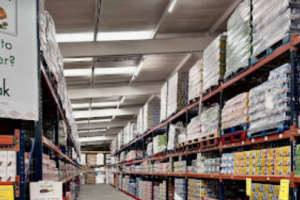The IGD study reveals Generation P is set to grow the grocery sector up by an incremental $116bn (£88m) over the next couple of years, creating a $1,460bn opportunity by 2022.
Generation P, which is digitally savvy, experimental and willing to spend more for quality, is set to grow in size and significance over the next two years.
Simon Wainwright, director of global insight at IGD, said: “Perennials are are an engaged group of shoppers who are accessible when approached in the right way. Competition is already fierce between retailers looking to find new ways to attract shoppers and Covid-19 has made it hard to chart the future. Having a clear focus on your shoppers and knowing how best to reach them will be crucial to success. That’s why the time is right to focus on this often-overlooked group.”
The research also reveals that Perennials are the most likely to buy new and different food and grocery products, cook from scratch, check out offers in-store and buy on impulse, and prioritise specific ethical and environmental factors in their shopping. They are least likely to buy prepared foods or eat out or plan their meals, the research reveals.
Wainwright added: “Perennials have embedded digital and online behaviours which they will carry forward and continue to develop into later life. However, this is a generation that doesn’t go digital purely for the sake of going digital – adoption of new technologies for them is driven by their proven practical benefits, and these have to outweigh those of established interactions and processes, such as traditional ‘analogue’ store-based shopping.
“Perennial shoppers show aspects of being habitual both in how they shop and in having an affinity for products that are familiar to them. In cases where they have grown up with products this affinity clearly can go back decades. However, it is clear that they also continue to evolve in terms of their tastes and choices, showing an ongoing willingness to trial new and different products as well as pragmatic considerations such as balancing quality with value for money.”
 Talking Retail Grocery and product news for independent retailers
Talking Retail Grocery and product news for independent retailers






